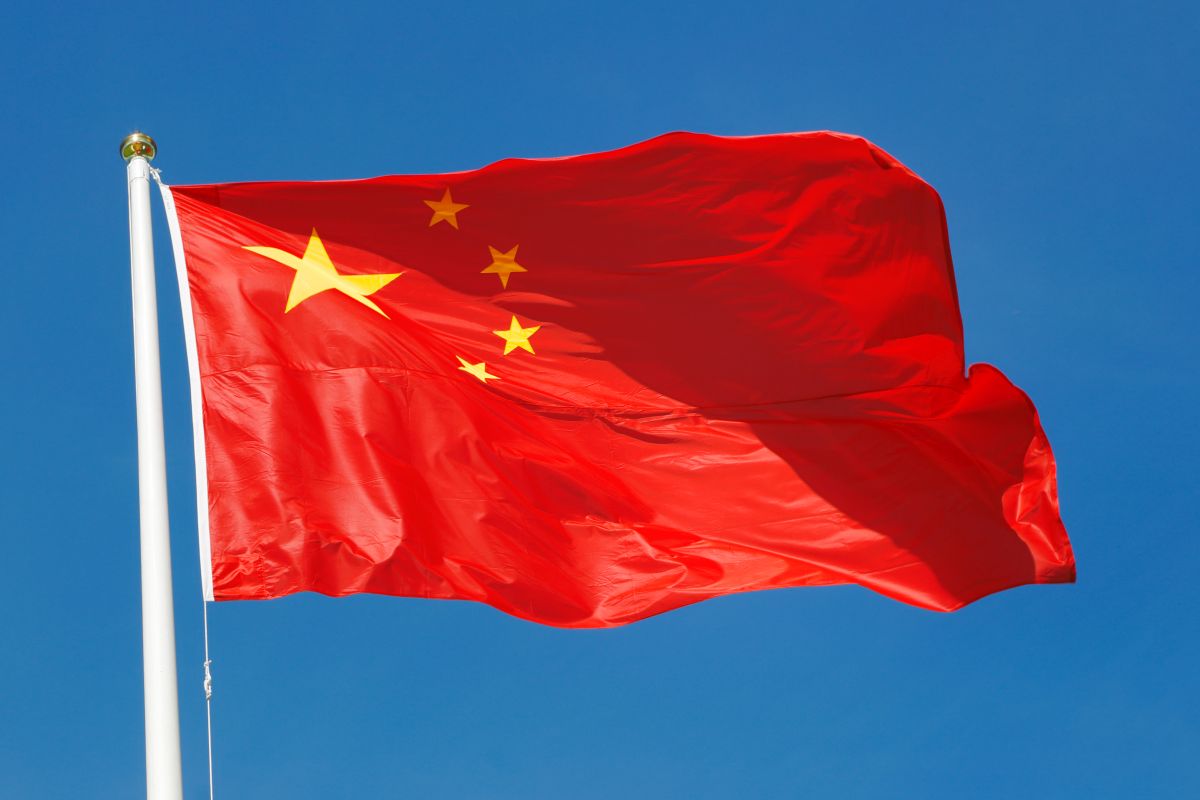China’s population is shrinking for the first time in more than six decades in 2022, which is a serious demographic crisis for the country with significant implications for its slowing economy, CNN Business reported.
According to China’s National Bureau of Statistics (NBS), the population fell from the previous year by some 850,000 people as it recorded to 1.411 billion in the year 2022. Analysts believe that the decline was the first to be recorded since 1961. In 1961, the main cause of the decline was the great famine which was triggered by former leader Mao Zedong’s Great Leap Forward, according to CNN Business.
Advertisement
“The population will likely trend down from here in coming years. This is very important, with implications for potential growth and domestic demand,” said Zhiwei Zhang, president and chief economist at Pinpoint Asset Management.
Not only has the total population shrunk, but the birth rate fell to a record low of 6.77 births per 1,000, down from 7.52 a year earlier and the lowest level since the founding of Communist China in 1949.
Some 9.56 million babies were born, compared with 10.62 million in 2021 — despite a push from the government to encourage more married couples to have children, as per the CNN Business report.
The new data came out alongside the announcement of one of China’s worst annual economic performances in nearly half a century, with the economy expanding by just 3 per cent for the year — far below the government’s target — underscoring the steep economic challenges the country faces as its labour force shrinks and retired demographic grows.
China’s birthrate has been in decline since 2017, despite easing the ‘one-child policy’ to avert an incoming demographic crisis.
Earlier, in August, Chinese authorities issued a guideline, introducing a raft of policies for prenatal and postnatal support to promote balanced long-term population development.
These measures include better maternal care services and public-benefit childcare services, and improved maternity and parental leave policies, according to the guideline released on Tuesday by the National Health Commission.
The measure also includes preferential policies on housing and taxation, and the fostering of fertility-friendly workplaces, Xinhua news agency reported.
The Chinese state media said the newly released guideline said local governments may explore ways to expand the coverage of maternity insurance to include workers in flexible employment.
In 2021, Beijing issued a new Population and Family Planning Law which allows Chinese couples to have three children, ostensibly responding to couples’ unwillingness to have additional children due to rising costs.
The decision to allow the third child was implemented after the once-in-a-decade census in 2020 showed that China’s population expanded at the slowest rate in history, reaching 1.412 billion people.









